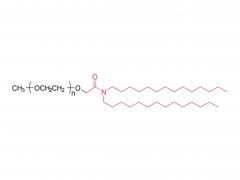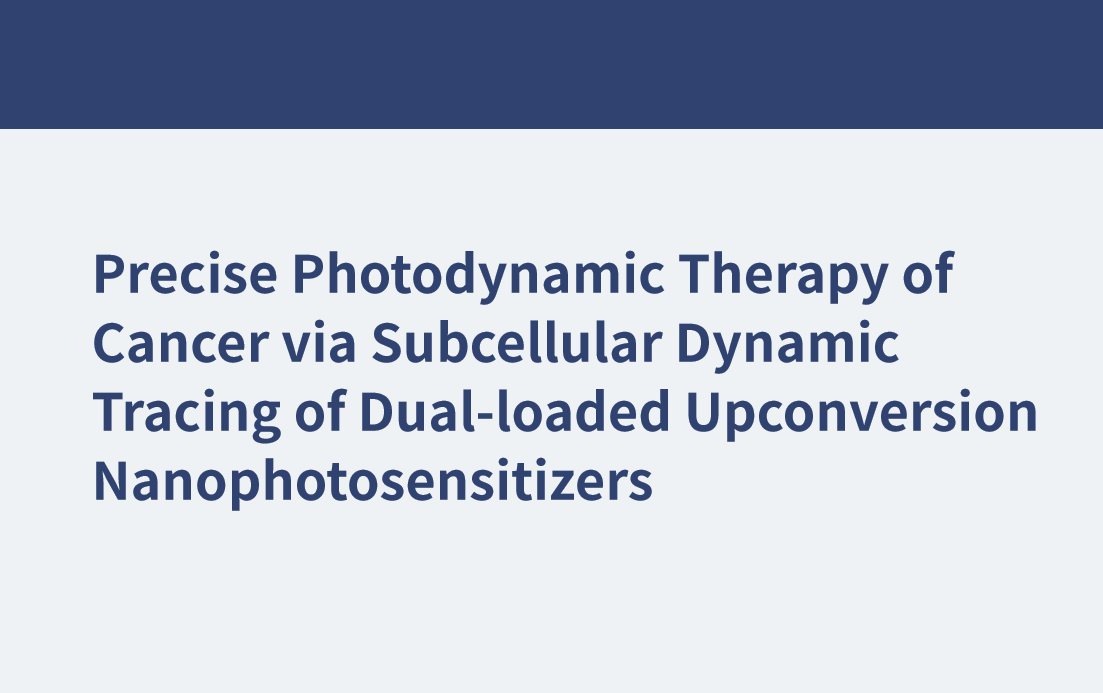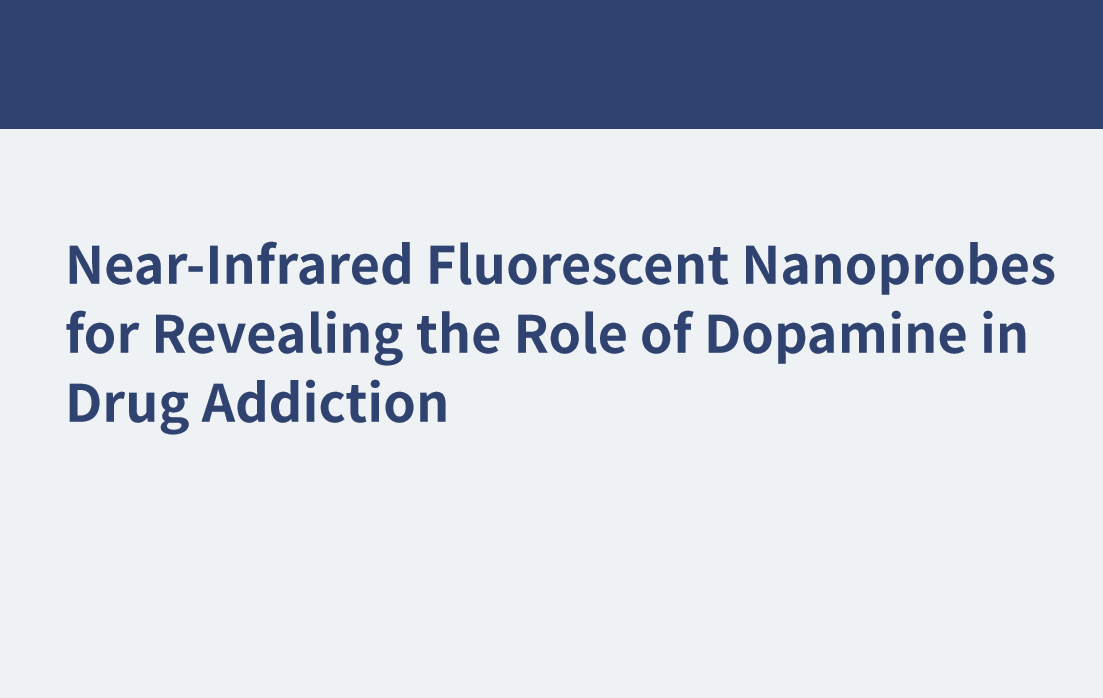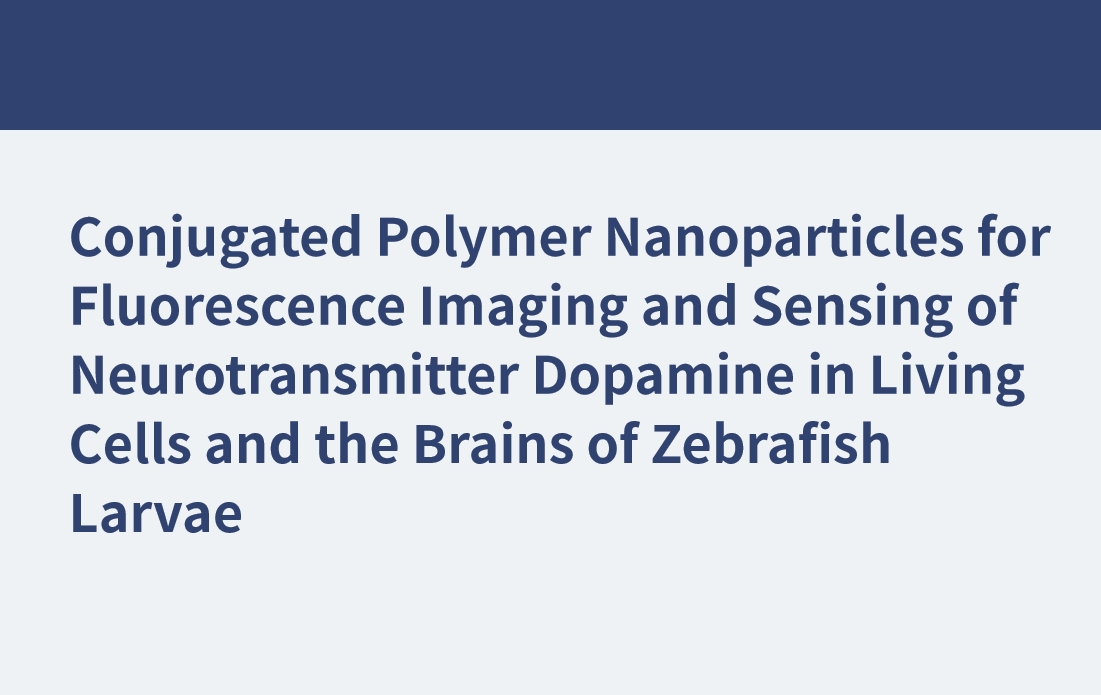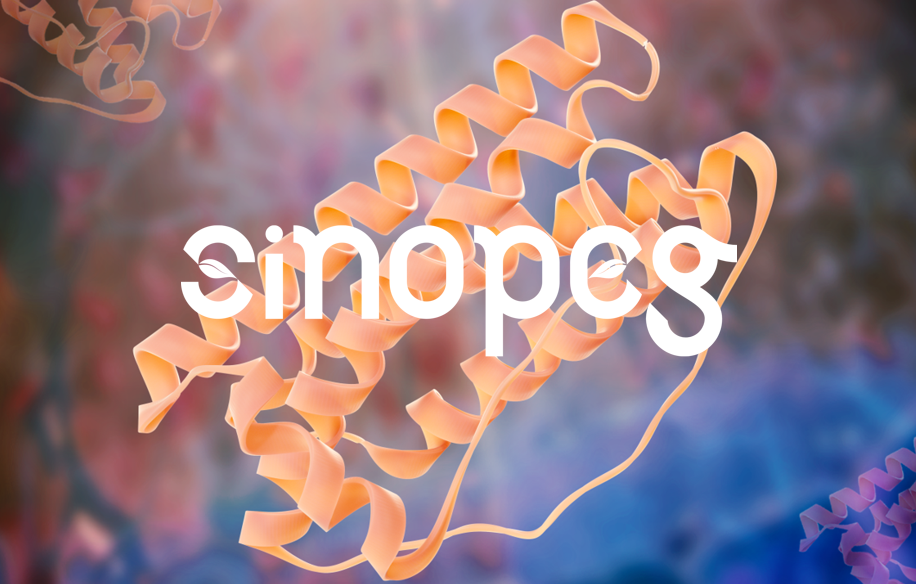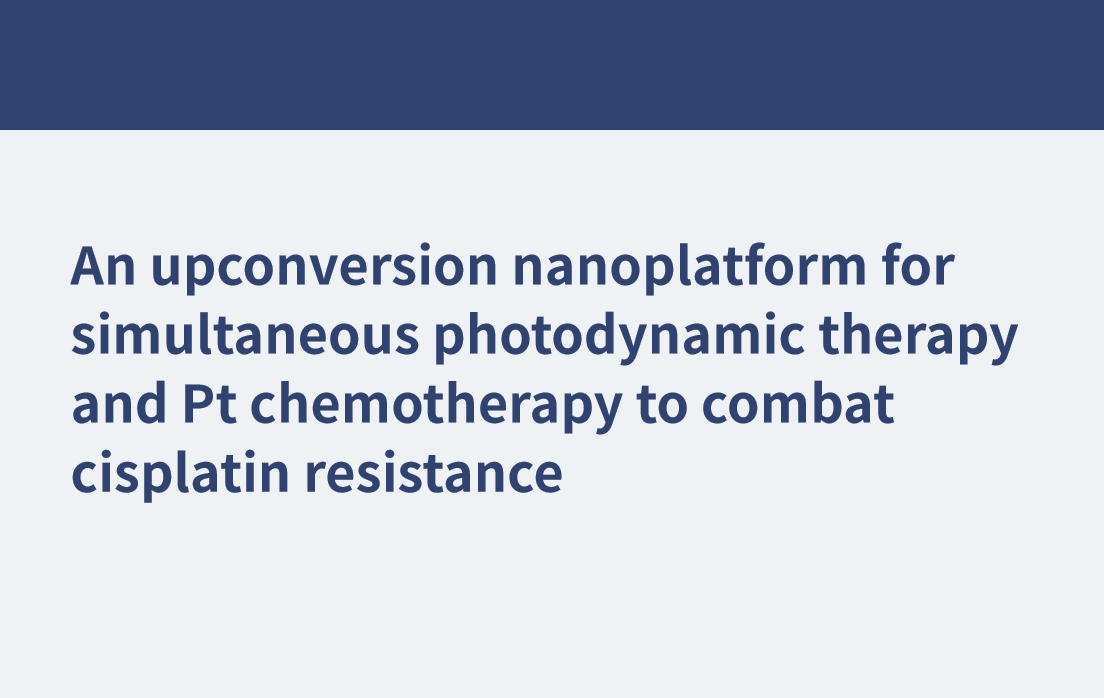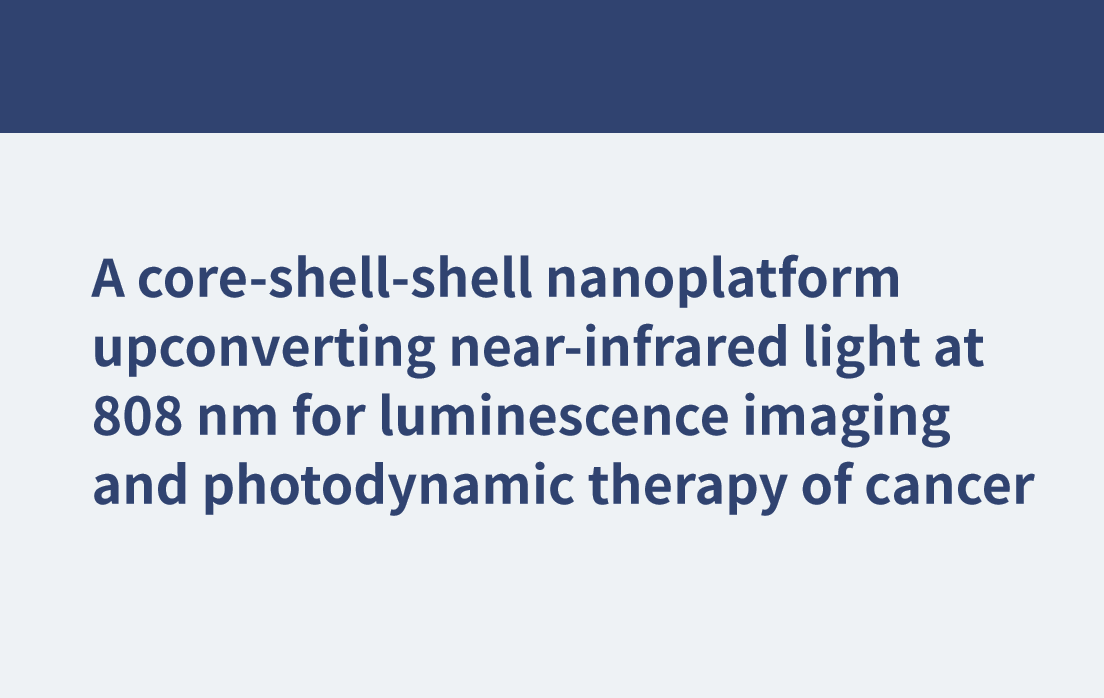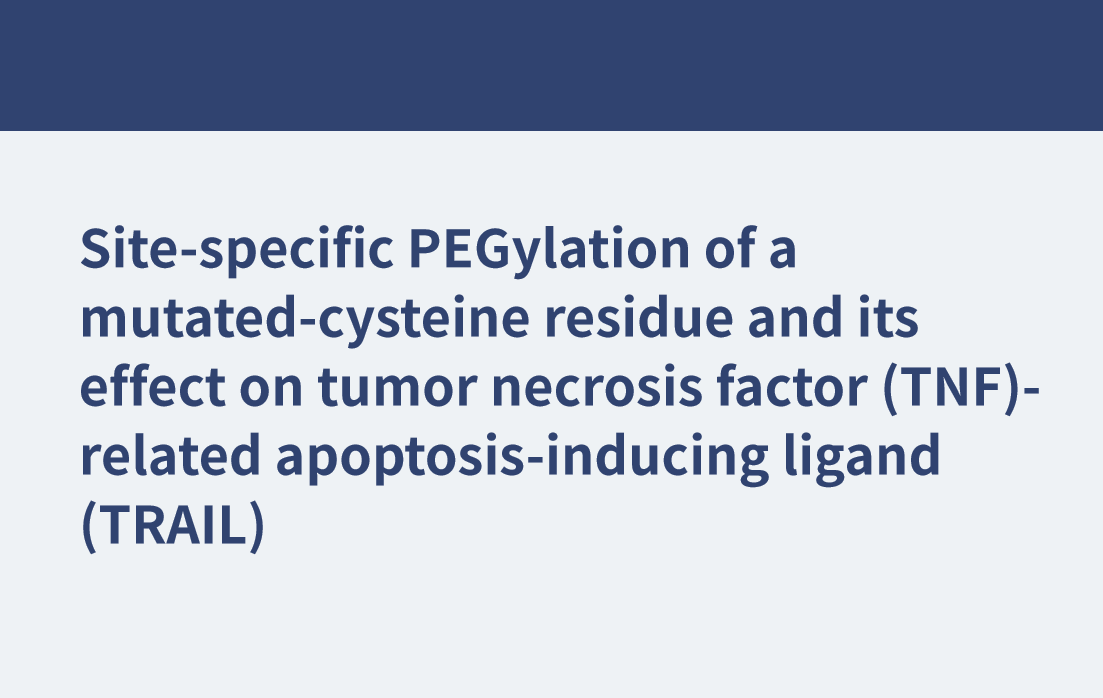An upconversion nanoplatform for simultaneous photodynamic therapy and Pt chemotherapy to combat cisplatin resistance
December 4,2023.
Dalton Trans. 2016 Aug 16;45(33):13052-60. doi: 10.1039/c6dt01404f. An upconversion nanoplatform for simultaneous photodynamic therapy and Pt chemotherapy to combat cisplatin resistance Fujin Ai 1, Tianying Sun 2, Zoufeng Xu 1, Zhigang Wang 1, Wei Kong 2, Man Wai To 3, Feng Wang 4, Guangyu Zhu 1 Abstract Platinum-based antineoplastic drugs are among the first-line chemotherapeutic agents against a variety of solid tumors, but toxic side-effects and drug resistance issues limit their clinical optimization. Novel strategies and platforms to conquer cisplatin resistance are highly desired. Herein, we assembled a multimodal nanoplatform utilizing 808 nm-excited and biocompatible core-shell-shell upconversion nanoparticles (UCNPs) [NaGdF4:Yb/Nd@NaGdF4:Yb/Er@NaGdF4] that were covalently loaded with not only photosensitizers (PSs), but also Pt(iv) prodrugs, which were rose bengal (RB) and c,c,t-[Pt(NH3)2Cl2(OCOCH2CH2NH2)2], respectively. The UCNPs had the capability to convert near infrared (NIR) light to visible light, which was further utilized by RB to generate singlet oxygen. At the same time, the nanoplatform delivered the Pt(iv) prodrug into cancer cells. Thus, this upconversion nanoplatform was able to carry out combined and simultaneous photodynamic therapy (PDT) and Pt chemotherapy. The nanoplatform was well characterized and the energy transfer efficiency was confirmed. Compared with free cisplatin or UCNPs loaded with RB only, our nanoplatform showed significantly improved cytotoxicity upon 808 nm irradiation in both cisplatin-sensitive and -resistant human ovarian cancer cells. A mechanistic study showed that the nanoparticles efficiently delivered the Pt(iv) prodrug into cancer cells, resulting in Pt-DNA damage, and that the nanoplatform generated cellular singlet oxygen to kill cancer cells. We, therefore, provide a comprehensive strategy to use UCNPs for combined Pt chemotherapy and PDT against cisplatin resistance, and our nanoplatform can also be used as a theranostic tool due to its NIR bioimaging capacity. Related products Abbreviation: mPEG-SC Name: Methoxypoly(ethylene glycol) succinimidyl carbonate For more product information, please contact us at: US Tel: 1-844-782-5734 US Tel: 1-844-QUAL-PEG CHN Tel: 400-918-9898 Email: sales@sinopeg.com
View More







